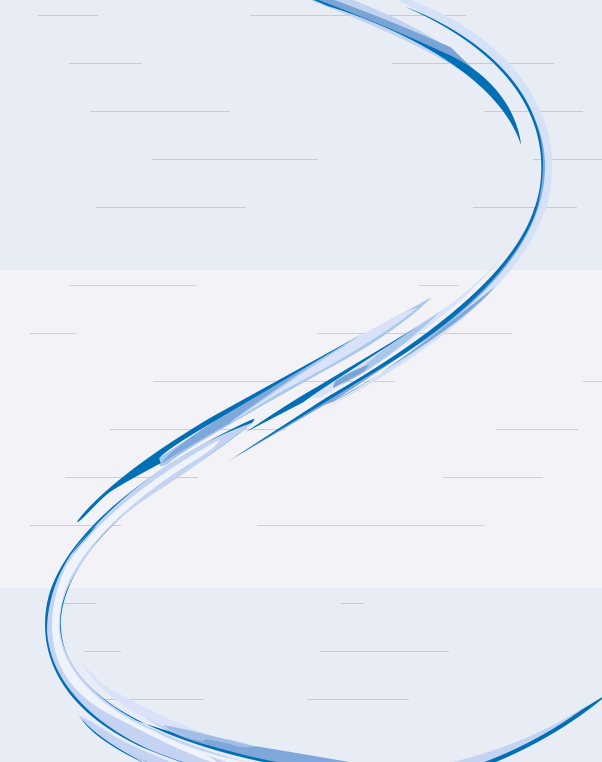Choosing a target journal
[Note in June 2022: So far, we are not aware of any journals that have said they do not accept submissions from Russian authors; we do have some authors whose articles have been accepted in Western publications this year, though not many authors have been submitting. We recommend checking with a target journal or asking us to check with them. It is the case that Web of Science is no longer available in Russia or Belarus, but its public listing of journals that are included in it is, mjl.clarivate.com (free registration). Scopus and its public journal listing scimagojr.com continue to be available at this time.]
The good news is that in the process of your research, you will become aware of journals that may be suitable for you. The next step is choosing one or two target journals. To hit something, it helps to see it, and this includes knowing about some specific things that will be important when you do your research and writing:
1) what type of research is being published in the journal, what data needs to be collected, and what type of analysis is necessary; are theoretical or review articles possible, or must an article be based on original research;
2) if human or animal research is involved, the standards stated by the journal for use of human or animal subjects (see the ethics section below) and how following them during the research is to be documented;
3) the types of articles and other contributions that are possible, and the required number of words in each (many journals are trying out different lengths and formats);
4) the typical number of references and the language(s) of them;
5) the possible or actual cost to the author, if any (depending on whether the journal is open access, hybrid open access, or subscription); and
6) a typical article—can you produce something like it? how broad or how narrow are the topics of articles? how speciaized is the content? what methods of analysis are used?
As discussed in the Ethics section below, authors can submit to only one journal at a time, so it is valuable to choose a target you think you might be able to hit to avoid spending months waiting for review and finding out that the article was not accepted. If you have already chosen a second target journal, then if the first journal does not accept it, you will lose less time before submitting it to another journal.
See the attachments here, Choosing a Target Journal(s) and Spotting predatory (fake) "journals". Currently there are thousands of websites that appear to be journals (and conferences) but actually exist only to get money from people around the world who need to publish, without scientific peer review (and a few of them are still on Scopus but will likely be discontinued in the future, as many others have been). They tend to target people whose native language is not English and who are not familiar with publishing practices. Putting something in one of them spoils the reputation of the author and the author's university, and wastes the work (and other resources).
Even if a journal appears to be indexed in Scopus or Web of Science, if it is not from one of the well-known publishers (Elsevier, Springer, and four or five others), it's necessary to check any potential journal very carefully according to what's in this attachment, and check with the Center for Academic Writing if you would like a review and opinion. Although some journals have author fees if and when an article is accepted (if the author wants open access), paying money is not and should never be the reason that an article gets published.


